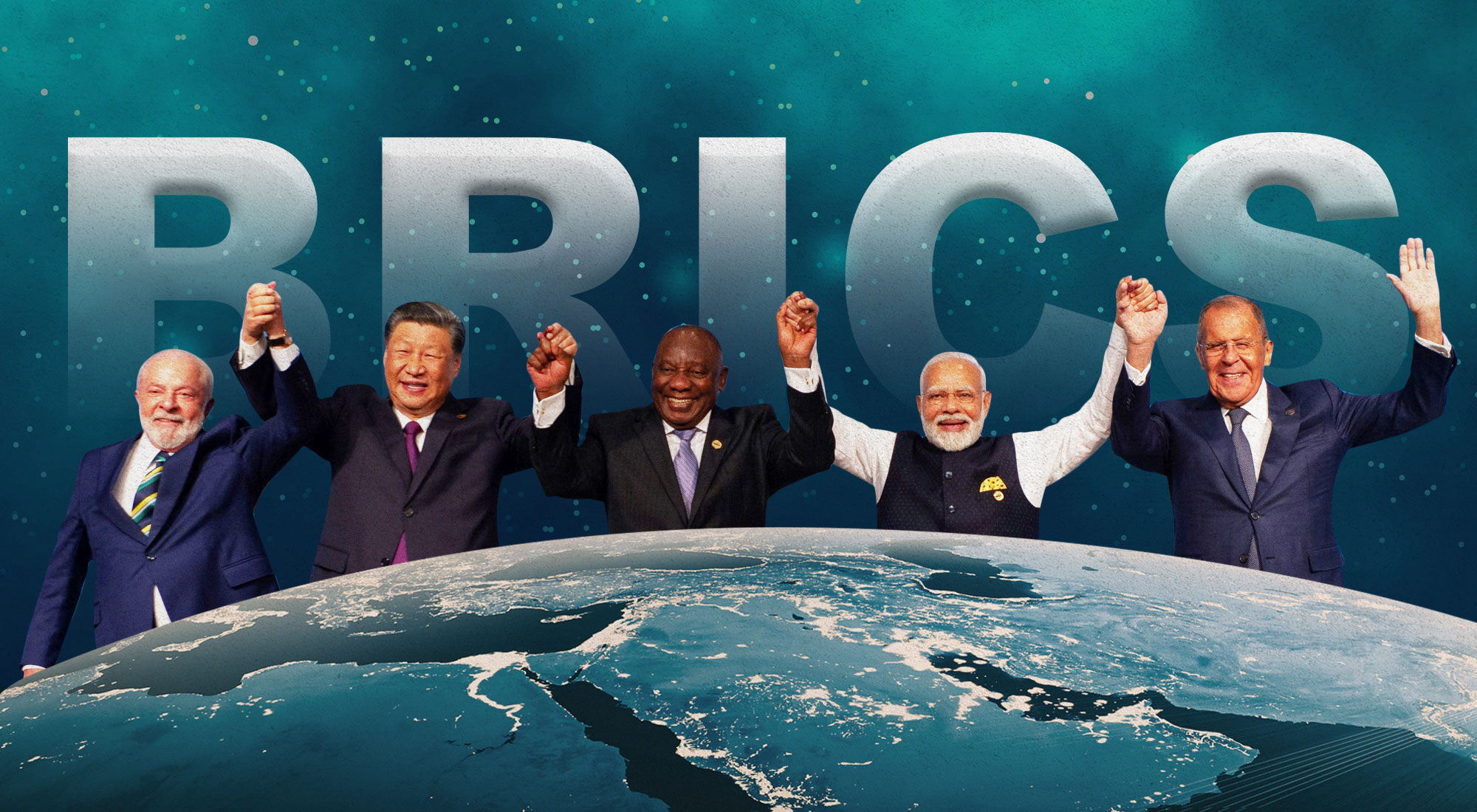Although the global economy is experiencing a recovery, not all individuals are experiencing the same level of recovery. Although certain nations are experiencing periods of robust growth and low unemployment, others are mired in cycles of social instability, debt, and inflation. A critical policy dilemma is at the core of this imbalance: **how to utilize public expenditure to facilitate an inclusive recovery without exacerbating private sector risks or long-term fiscal vulnerabilities.**
Public expenditure has been instrumental in mitigating the impact of recent crises, from infrastructure investments to stimulus packages. However, in an interconnected financial system, excessive or inadequately targeted spending can also generate distortions, such as the escalation of inflation, asset bubbles, or the widening of inequality. In contrast, stagnation and recovery can be impeded by imprudent austerity or under-spending.
Therefore, how can we achieve the appropriate equilibrium? In what ways do countries manage the risks associated with private debt, speculation, and market instability while utilizing public resources to safeguard people and economies?
We should investigate.
1. **The Importance of Public Spending in a Crisis**
Public expenditure is not merely a government instrument; it serves as a lifeline during periods of crisis. In an effort to preserve their economies during the COVID-19 pandemic, governments worldwide implemented stimulus measures totaling more than **\$17 trillion**. That sum of money was allocated to:
* Business support schemes * Unemployment benefits * Emergency health systems Infrastructure and digital enhancements
This expenditure **averted a global depression** in numerous high-income nations. However, the fiscal capacity of all governments was not equal, resulting in a recovery that was highly unequal.
So what is the current obstacle?
How to **maintain recovery**, particularly in developing economies, **without escalating debt distress or generating bubbles** in consumer credit, equities, or real estate.
2. **The Unseen Risk: Imbalances in the Private Sector**
The private sector discreetly accumulated risks while governments took on debt to support the recovery:
* **There was a significant increase in corporate borrowing**, particularly among speculative firms in emerging markets, technology, and real estate.
* **Consumer debt increased**, particularly as households encountered inflation and stagnant wages.
* **Speculative investment and inexpensive credit contributed to the exponential growth of asset prices**.
These dynamics present **systemic risks**, particularly in countries with inadequate financial regulation. The public sector frequently is responsible for the cleanup when private sector bubbles explode, which results in a cycle of political backlash, austerity, and bailouts.
**In summary:** Private recklessness should not be encouraged by public generosity today.
3. **The Balancing Act: A Model of Smart Recovery**
**Strategic public spending** and **prudent supervision of private risk** are essential components of a balanced economic recovery strategy.
Fiscal Assistance That Is Specific
* Emphasize investments in **education, healthcare, and infrastructure** that generate sustainable productivity enhancements.
* Ensure the safety of the most vulnerable individuals by providing them with food, energy, and shelter subsidies, as well as universal social protection systems.
Financial Market Regulation
**Specially in sectors that are overheated,** monitor **credit expansion and asset prices**.
* To prevent speculative crises, **macroprudential regulations** (e.g., debt-to-income ratios, capital buffers) should be tightened.
Countercyclical fiscal policies
* When times are favorable, establish fiscal buffers by saving during expansions and spending during downturns.
* Implement **automatic stabilizers**, such as progressive taxation or unemployment insurance, to mitigate disruptions promptly.
Recovery that is Climate-Resilient
* Allocate public and private funds to **climate adaptation, renewable energy, and green infrastructure**.
* Utilize **public guarantees** and **blended finance** to mitigate the risks associated with climate investment in developing countries.
4. **Closing the Recovery Gap: Global Equity**
The fiscal space required for robust recovery expenditure is commonly lacking in numerous low- and middle-income countries. They are ensnared in a cycle of debt distress and underinvestment due to their lack of access to affordable credit or monetary sovereignty.
### What is required:
* **Multilateral support**: Increased concessional lending from the IMF, World Bank, and regional development banks. * **Debt relief and restructuring** for nations in distress, particularly those where private creditors are obstructing negotiations.
(1) **Reallocation of unused SDRs** from affluent countries to poorer ones for pandemic and climate recovery. (2) **Global tax cooperation** to prevent capital flight and increase public revenues through fair taxation.
**Incomplete recovery is inevitable unless recovery is global.**
5. **Private Sector Role: Partner, Not Predator**
The private sector is not only a source of risk, but also a critical recovery partner. However, public-private partnerships must be **transparent, accountable, and equitable**.
* Promote **responsible investment** by utilizing sustainability-linked bonds and ESG frameworks.
* Connect government assistance to **climate objectives, wage equity, and job creation**.
* Implement measures to prevent **tax evasion and regulatory arbitrage** and ensure that businesses are contributing their fair share.
Conclusion: Achieving a Harmonious Recovery
We have not yet emerged from the forests. Geopolitical tensions, climate disruptions, and persistent inequality are among the challenges that the global economy is expected to encounter. However, it is still feasible to achieve recovery—provided that we are courageous, levelheaded, and collaborative.
**The purpose of public spending is to empower individuals, not merely to maintain profits.** **Private risk must be managed, not disregarded. ** Additionally, recovery must be distributed rather than conserved. **
The wellbeing of all is a determining factor in the strength of any economy in an interconnected world.

Leave a Reply